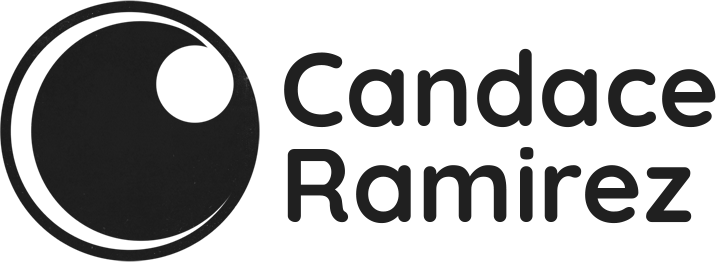My multi-faceted approach to copy editing
Get full support for on-brand, relatable, data-driven copy
My multi-faceted approach to copy editing produces content that is on-brand, goal-oriented, and data-driven. I bring the experience and perspective of not only a copy editor, but also a content strategist, a UX writer, a product marketer, a journalist, a PR practitioner, and a brand voice expert to every project I touch. This combined approach enables me to make the right edits quickly, balance feedback from stakeholders effectively, and meet deadlines with ease.
Here’s what I look for when I’m editing…
Spelling and Grammar
This one speaks for itself. I’m checking for typos and grammatical errors.
Flow
Does the piece flow naturally and make sense? If we’re publishing an article, have we fully addressed every concept introduced in the first section?
Data-driven
Impactful content is data-driven. I'm always checking to see if the research referenced in a piece is recent and from a reputable source. It's not enough to link to a blog with a list of convenient stats. Often when you follow those links, they take you to long outdated (or even dubious) studies. It's important to know the most trusted research sources in your industry, and to make sure everything still holds true.
Brand Voice & Tone
Every word you publish, regardless of channel, needs to fit your brand voice and tone. That consistency will help you build relevance and trust with your audience. I develop a deep understanding of your brand’s messaging so I can infuse it into every single project. If you don’t have a brand messaging guide, no problem! I can make one for you.
Localization & Globalization
When I was at Logitech I got to talk with our sales reps from all over the globe. They all stressed the importance of making sure that content could not only be translated easily into other languages but also that it included the regional nuances that make it clear the piece was written with their country in mind. This takes more time upfront, but it's worth it to make sure every reader feels seen and understood.
Jargon
One of the quickest ways to lose people is to load your content with industry jargon. People can see right through it, and it makes the content feel less trustworthy and relatable. Wherever possible, I swap jargon out for more specific, human-sounding language.
Audience reading level
I like to make sure content reaches the audience where they are. As a rule, I err on the side of caution, simplifying language where appropriate. Technical content for neuroscientists will likely be at a higher reading level than a display ad for a mobile game, but everything we publish should all feel comfortable for the intended audience. No one likes to feel like you’re talking down to them, or adding fancy words for no reason.
Industry knowledge
This one is all about making sure your content sounds like the person who wrote it intimately understands your industry. What assumptions can we make about what the audience already knows? If we’re writing content for astronauts, we don’t need to publish articles about why you should go to space. We can approach them with higher-level concepts that meet them where they are.
Balancing feedback from opposing stakeholders (and knowing when to say no)
This is a big one. Especially in a corporate setting, it's common to get differing feedback from several departments with competing priorities. As a copy editor, you have to have a deep understanding of the company brand voice and goals so you can confidently decide which feedback to implement, and which to decline. You can't be an editor AND a yes man.
Call to Action
What part of the buyer’s journey will readers or users be in when they engage with this piece of content? Where do we want them to go from here? Whether it’s a blog post, a webpage, or an email, you need a clear goal and a plan to get users through the flow.
Newsworthiness
If the piece will be pitched to media outlets, it needs to be newsworthy. Like, REALLY newsworthy, and not just important to the company writing it. This can be tricky to balance because sometimes company updates that are really exciting for your team don’t hold the same importance to journalists. In cases like this, I like to find a tie-in with a current event, industry trend, or fresh data so we can find a compelling angle that works for everyone.
Good UX
People don’t tend to notice good user experience, but they ALWAYS notice when it’s bad. When I’m editing web pages, app copy, or email flows, I always have UX writing best practices in mind. Where are users coming from before they land on this screen? Is it obvious what will happen if they click that button? Is it easy to find the information they’re looking for? Is the language on this screen too cutesy or funny in a way that hurts the functionality of the page? My experience in UX writing helps me balance these challenges with ease.




